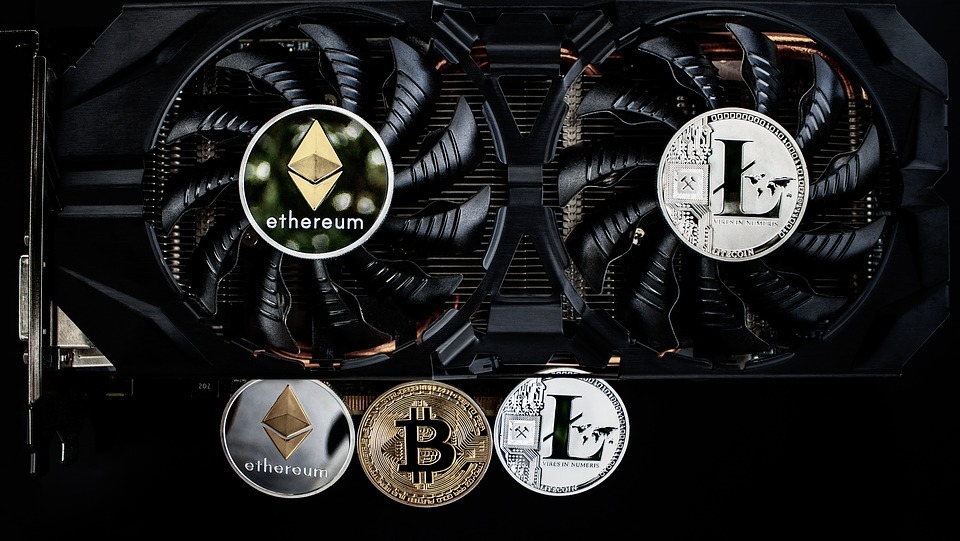The government’s attitude towards Bitcoin and other digital currency mining has changed several times, and it can even be said to be back and forth again and again. So specifically, what are the policy risks faced by Bitcoin mining, and how to avoid these policy risks?
Policy risks faced by Bitcoin mining
In the long run, the state will not support the development of the digital currency mining industry, and practitioners in the mining industry must be psychologically prepared for this.
Bitcoin is positioned as a digital currency. Therefore, if it is allowed to develop, it will involve behaviors similar to capital outflows, which will cause great trouble to government supervision. It is for this reason that the country’s attitude towards Bitcoin must be negative. Still, at the same time, the government has no practical way to ban it completely, so it can only restrict its development, on the one hand, recognize its existence on the other hand, and try its best to reduce its influence.
From another perspective, environmental protection is the new focus of government work. The government believes that Bitcoin mining is severe pollution and waste industry. Therefore, in choosing a mining environment, it should be far away from industrial parks and high-power broadcast transmitters to ensure good ventilation in the mining.
It is understood that the energy consumption of Bitcoin exceeds 159 countries around the world, and the energy consumption of Bitcoin mining is close to 1% of the total global electricity consumption. The value is about 5000 megawatts, which is approximately equal to the electricity consumption of 4 million households a day, or It is almost the electricity consumption of about 8 million people, which is only the consumption of Bitcoin mining in a day around the world.
How to avoid these policy risks
The country has always supported the fields of cloud computing and artificial intelligence and has also included them in the “new infrastructure,” but does not support the mining of digital currencies such as Bitcoin. However, we can make some adjustments to the mining algorithm to make mining. The process itself is part of artificial intelligence and computing. For example, the design mechanism is not based on mining but on calculation, which means that it is mainly used for calculation, and mining can only be an additional effect.
The following are the precautions for avoiding risks in Bitcoin mining
- From the perspective of measuring profit and risk, the mining pool is the best subject to participate in mining.
- Miners cannot be bought in the bull market, and the price of miners in the scarce market is high. So make a decision, buy the right miner at the right time, or join the mining pool.
- The mining pool or mining farm has a professional operation and maintenance team. For miners, the profit model is straightforward: mining revenue minus the purchase cost of miners or hash rate and the cost of electricity. The risk mainly comes from the price plummet and changes in difficulty and fluctuations in the hash rate of the entire network.
Generally speaking, the policy risks faced by Bitcoin mining are objective, so investors need to clearly recognize this problem and make relevant adjustments to avoid these risks better. At the same time, there are other risks associated with Bitcoin mining, and investors also need to pay attention to them.

